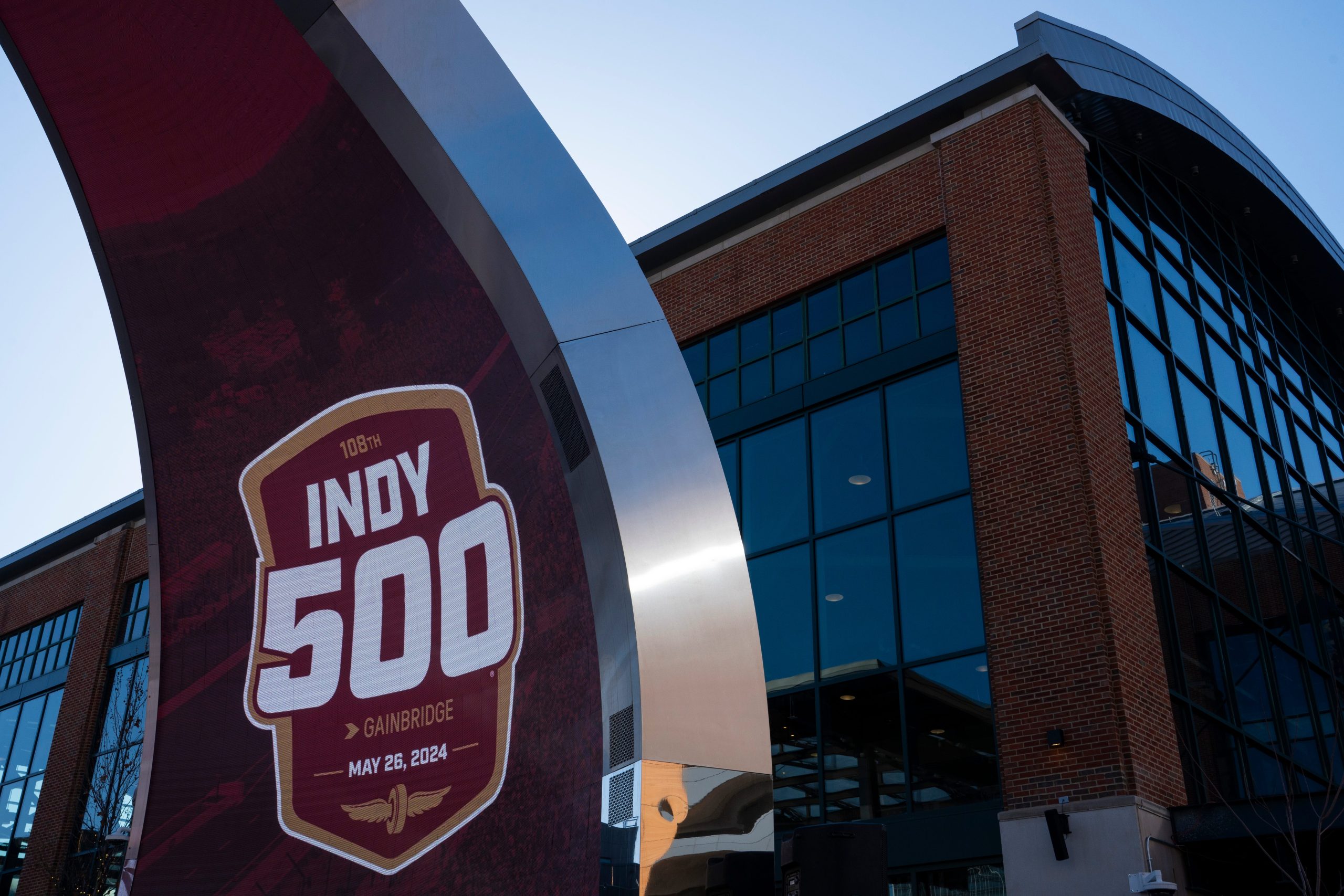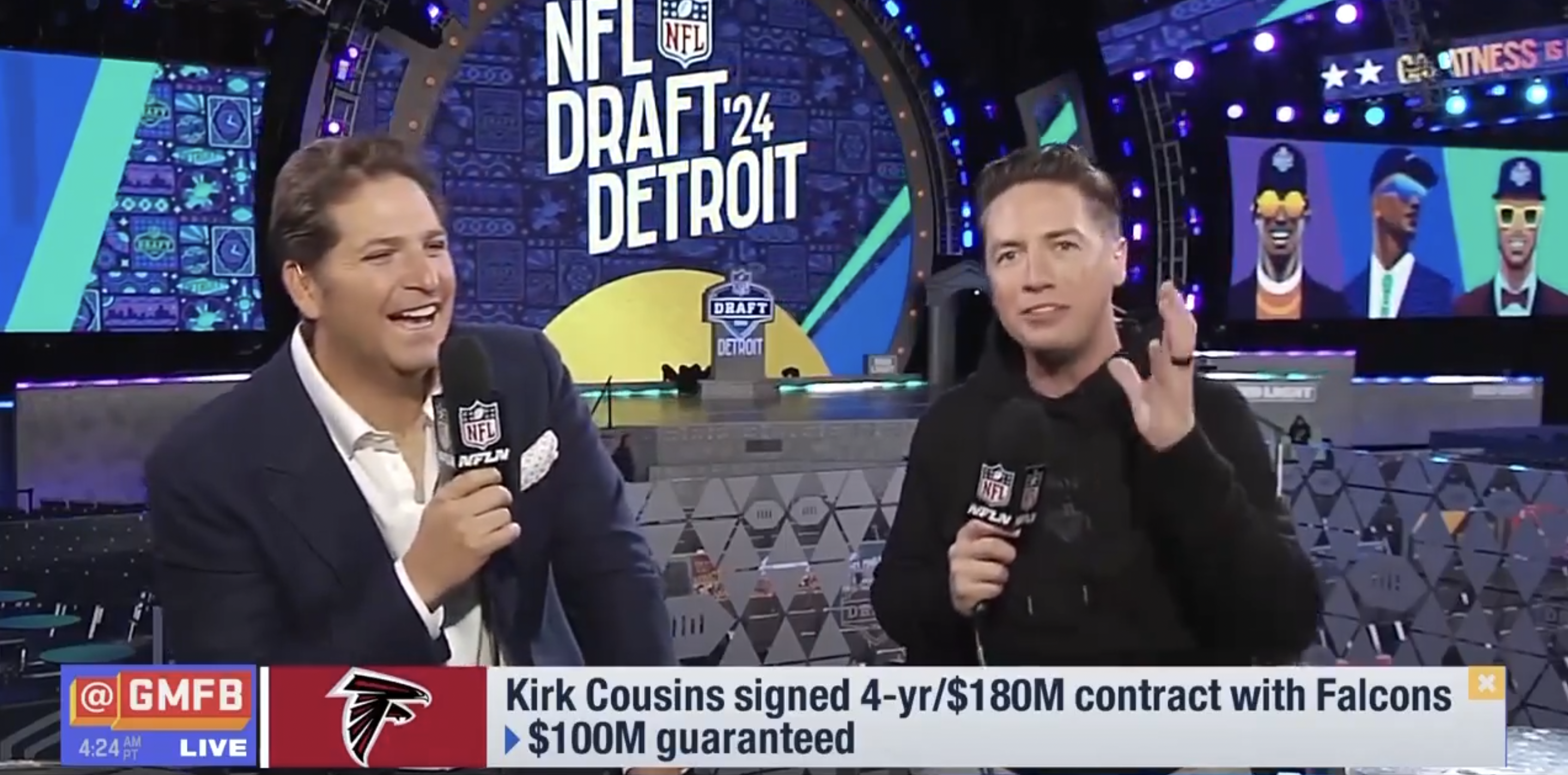As with the last round of NCAA conference realignment, the current discussions about Texas and Oklahoma leaving the Big 12 for the SEC are almost entirely financially-driven. There aren’t firm details out there yet on what the SEC is offering the Sooners and Longhorns to join, but the details of what the SEC currently gives its members and what it was planning to give its current members under its new (announced in December, taking effect in 2024-25) ESPN deal are out there. If the SEC is able to keep that distribution with these new schools, that would make this move make a lot of financial sense for Oklahoma and Texas. But now, at the 11th hour (ahead of the Longhorns’ and Sooners’ reported plans to tell the Big 12 Monday they won’t renew their grant of rights), a CBS piece from Dennis Dodd has the remaining Big 12 schools floating the idea of paying Oklahoma and Texas 1.5 shares to stay.
Big 12 officials have discussed a structure in which Texas and Oklahoma would receive additional revenue shares as a way of enticing the two schools to remain in the conference rather than pursue a future in the SEC, conference sources have told CBS Sports.
Such a structure would grant the Longhorns and Sooners an additional half-share annually (1.5 shares each), bumping their payouts to approximately $56 million per year. The other eight schools would decrease their payouts accordingly. Big 12 schools currently average $37 million in annual TV rights earnings, including revenue from bowl games and the NCAA Tournament.
The topic became a discussion point Thursday night during the conference call with Big 12 commissioner Bob Bowlsby. Texas and Oklahoma were not part of the call. One person familiar with the conversation stressed the revenue share idea was “from the 50,000-foot level” and preliminary in nature.
…If Texas and Oklahoma move to the SEC as expected, there will be a financial windfall for those schools and the SEC as a whole. SEC teams currently earn an average of $44 million per year from their rights agreement, a figure that could balloon to over $60 million with UT and OU in tow.
The phrasing of that last paragraph is questionable. That’s suggesting that SEC payouts are suddenly going to clear $60 million because they added Texas and Oklahoma. The SEC was reportedly set to pay $65-67 million a year to each of their current 14 members beginning in 2024-25, long before any talk of them adding Texas and Oklahoma became public.
Where did we get that from? Well, Sports Illustrated‘s Ross Dellenger wrote in May that the SEC distributed $45.5 million to members in 2019-20, and that its new deal was expected to be worth “more than $300 million” and provide additional distributions of $20 million per school. That would get those schools to $65.5 million annually in media rights (or more: $300 million/14 would actually be $21.4 million per school, getting the payout closer to $67 million). Of course, the actual numbers change a bit from year to year under the current playoff/bowl/NCAA Tournament revenue-sharing structures, and they’re likely going to rise further still if a 12-team playoff comes to be. But even the current numbers seem a lot higher than what Dodd mentions.
In fact, the presumed challenge for the SEC with adding the Sooners and Longhorns is in keeping payments at least that high with 16 schools rather than 14. That would require at least another $134 million annually (based on the $67 million number). Those per-school payments would have to go higher still for this to be a financial gain for the conference’s current schools. And it seems likely that they will, based on reports that 13 of the 14 schools (not Texas A&M) are planning to vote in favor of this.
If the SEC is in fact able to offer Oklahoma and Texas (and its other members) at least $67 million per year beginning in 2024-25, that might be more desirable for the Longhorns and Sooners than even staying in the Big 12 with 1.5 shares. $56 million a year certainly isn’t bad, especially when you consider that the Big 12’s current structure lets teams retain their third-tier rights (which lets Texas get an estimated $15 million more from the Longhorn Network deal with ESPN, which runs through 2031, and lets Oklahoma get an estimated $7 million more from their third-tier SoonerSports.tv deal with Bally Sports). That would boost Texas’ total revenue to $71 million, which would be slightly above even much of what’s been discussed in a SEC move (however, it’s not yet clear exactly what the SEC is offering them). That would only get Oklahoma to $63 million, though, less than the current SEC schools are projected to make in 2024-25 and beyond.
There’s also a case for Texas to jump even if offered a 1.5 share in the Big 12. Yes, their current Longhorn Network deal is very lucrative for them, and yes, the per-year payment from ESPN appears locked in regardless of network performance. But that network’s never done as well in carriage as ESPN had hoped, and it’s looking more and more vulnerable in a steeply-declining cable subscriber environment. That’s probably more of an ESPN problem than a Texas problem, but ESPN would absolutely like this move to happen (likely leading to some scenario where Longhorn Network gets rolled into SEC Network and/or ESPN+), and that matters.
Beyond that, the Big 12’s looking more and more flimsy daily, and it’s far from clear what its future is. And even if 1.5 shares for Texas and Oklahoma hold it together for now, that’s going to lead to some challenges heading up to its next round of rights negotiations. And it’s not even clear that the other eight schools would all sign on with reducing their percentages to give the Sooners and Longhorns even more, especially considering that those two schools are already ahead of the pack thanks to their third-tier rights deals, and also considering that Dodd’s report cites conference officials, not schools. And sure, there might be some advantages for Oklahoma and Texas to staying in the Big 12 (probably cheaper overall travel, some old rivals, etc), but there are plenty of advantages to jumping to a Power Two conference as well.
All in all, the idea of 1.5 shares for Oklahoma and Texas to stay is certainly interesting. And it’s the first thing that’s come to light from the Big 12 side that provides maybe a reasonable incentive to stay instead of go (for Texas more so than Oklahoma, but it’s not terrible for Oklahoma). And maybe this leads to a repeat of 2010, where the Big 12 improbably hangs together at the last second. But there are a whole lot of hurdles to clear there, including getting this to an actual proposal stage, getting the other eight schools to sign off, and convincing the Longhorns and Sooners it’s in their interest to stay in the Big 12. We’ll see if they manage that.
[CBS Sports; Big 12 logo via The Sporting News]







